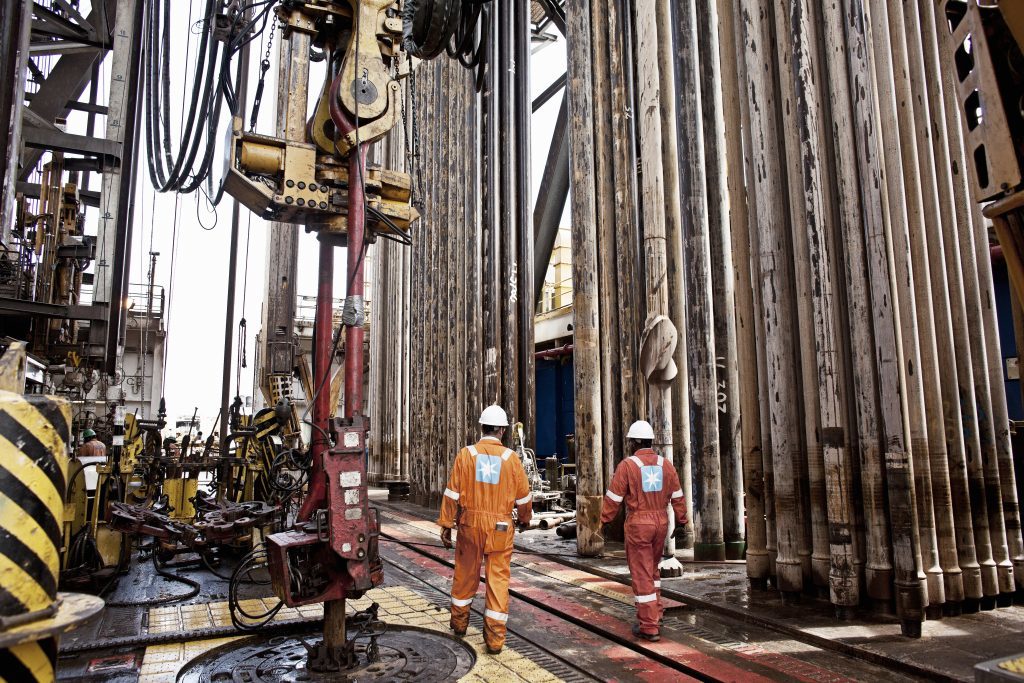
All producers agree to extend crude output cuts by nine months to help trim a supply glut, according to Saudi Arabia’s energy minister.
The extension through the first quarter of 2018 will help producers reach their goal of trimming global stockpiles to a five-year average, Khalid Al-Falih said. OPEC and other global producers such as Russia had agreed to reduce production in the first six month of this year, and the decision to extend the cuts will be taken when they meet in Vienna at the end of the month, Al-Falih said.
“We think we have everybody on board,” Al-Falih said in an interview with Bloomberg television in Riyadh on Saturday. “Everybody I’ve talked to indicated that nine months was a wise decision.” Al-Falih was speaking as Donald Trump started a visit in Saudi Arabia, the world’s biggest crude exporter, on his first overseas trip as U.S. president.
National representatives from the Organization of Petroleum Exporting Countries and officials from several non-members discussed in Vienna on Friday the outlook for rising U.S. shale oil production, which has been diluting the price impact of their production cuts. The producers, who together account for about half the world’s oil supply, have seen the initial price boost from their historic agreement fade as shale companies deployed more rigs and raised the country’s output to the highest since 2015.
Officials at the Vienna meeting were relieved that two outside energy consultants had estimates for growth in average U.S. crude output of 450,000 to 500,000 barrels a day this year, lower than the 562,000 barrel-a-day forecast from OPEC’s own analysts, said two delegates.
Global Inventories
OPEC and other producers who agreed to the cuts last year are not targeting any specific oil price, Al-Falih said. “Everybody wants the extension, as we realize we have not achieved the objective of bringing global inventories down to a five-year average,” he said.
“OPEC and non-OPEC countries are working together, and that should encourage investment. My objective is clarity of where the market is going so that people invest, and I am less concerned about prices over the next 12 months than I am over the next 3 years, when supply will be short, demand will be approaching 100 million barrels a day,” he said.
While news of a proposal for a 9-month extension of output cuts helped send prices to a two-week high on Monday, crude remains stuck near $50 a barrel, less than half the level traded in 2014. Inventories in 35 of the world’s most industrialized nations — the Organization for Economic Cooperation and Development — were just above 3 billion barrels in April, or about 307 million above their five-year average, data from the U.S. Energy Information Administration shows.
Floating Storage
Inventories are decreasing, crude demand is rising and the global economy is doing well, Al-Falih said on Saturday.
“OECD and non-OECD floating storage has been offloaded into tanks and consumed. We’re coming into high demand season, so I think everything is coming together with consensus among producers, demand rising, the global economy doing well, Japan, Europe, the U.S. are all doing reasonably well economically. So we’re fairly optimistic.”
Producers are working on fixing some “deviations” to the output limits set when they agreed on the cuts last year, Al-Falih said.
“I don’t accept that Saudi Arabia or any other countries should pick up the slack from others,” he said. “We did go the extra mile initially to set an example and be a role model, and I think our colleagues appreciated that and responded positively.”
Recommended for you
